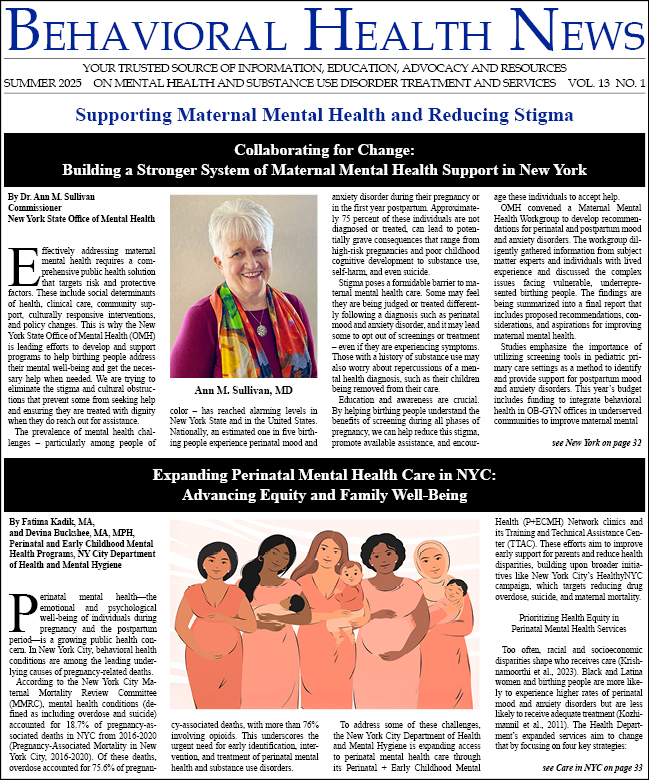-
WellLife Network’s Mental Health Residential Services: Creating Exceptional Living Experiences for Individuals with Serious Mental Illness
In today's world, individuals experiencing severe mental illness (SMI) face numerous challenges. Safe and nurturing residential services are crucial components for successful well-being, along with essential support structures necessary for recovery. WellLife Network's highly acclaimed housing...
-
Suicide Risk and Safety Planning
Behavioral health workers are understandably distressed by the recent rise in the rates of suicide, suicide attempts, and reported suicidal ideation, including increases among teens and young adults, minorities, and those affected by the Covid-19 pandemic (Molock et al, 2023; Pathirathna et al,...
-
Substance Use Disorders: Frequency and Treatment for People with Serious Mental Illness
Throughout its history, America has attempted to punish substance users as a means to encourage their abstinence. These attempts have included imprisonment, fines, and forced rehabilitation programs, often sentenced at a higher rate to people of color (Volkow, 2023). Punishments like these often...
-
BHN Spring 2023 Issue
"Stigma: How We Can Make a Difference" Articles in This Issue Stigma: How We Can Make a Difference Addressing Stigma Among High School Students Using NAMI’s Ending the Silence Addressing Stigma: The Importance of Cultural Relevance and Early Intervention An...
-
To Address Our National Mental Health Crisis, Primary Care Practices Should Embrace Value-Based Care
The COVID-19 pandemic left a lasting impact on our society and institutions, and few industries felt – and continue to feel – its effects more than healthcare. Among the many lingering issues, either driven or revealed by the pandemic, is the rising demand for behavioral health services – and...
-
When Stigma is the Greatest Barrier: Strategies to Connect Older Adults to Treatment
When Client R, age 68, was referred to Service Program for Older People (SPOP) ten months ago she described symptoms of depression and anxiety – and she stated emphatically that therapy was for “rich white people” and not for her. She identified herself as an older Black Puerto Rican lesbian...
-
Organizational Strategies for Anti-Stigma Work Within Our Four Walls
Mental health stigma affects all of us. It is so ingrained in our society, that we have to consciously choose to share or not to share our experiences or connections to mental health challenges. This conscious level decision-making brings a processing we engage in asking ourselves either, “Am I...
-
The Impact of Stigmatizing Language from Family and Clinical Perspectives
Mental health challenges can impact everyone. Even if you have not been personally affected, you likely know someone who has – whether it is a family member, friend, or an individual you support as a behavioral healthcare provider. Mental illness is defined as mental, behavioral, and emotional...
-
Reducing Stigma Through Harm Reduction Interventions
Services for the UnderServed (S:US) is one the largest community-based health and human services organizations in New York State that works intentionally daily to right societal imbalances by providing comprehensive and culturally responsive services. The pandemic has deepened many of the...
-
Stigma: How Vocabulary and Language Can Make a Difference
Compassionate language can improve care and change the stigma associated with substance use disorder. The terms or phrases healthcare providers use to discuss substance use are often imbued with negative connotations that create bias. Research shows harm reduction-based vocabulary and education can...






